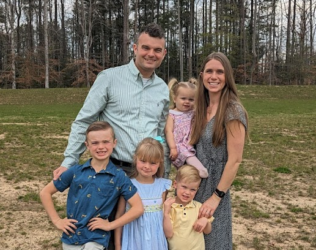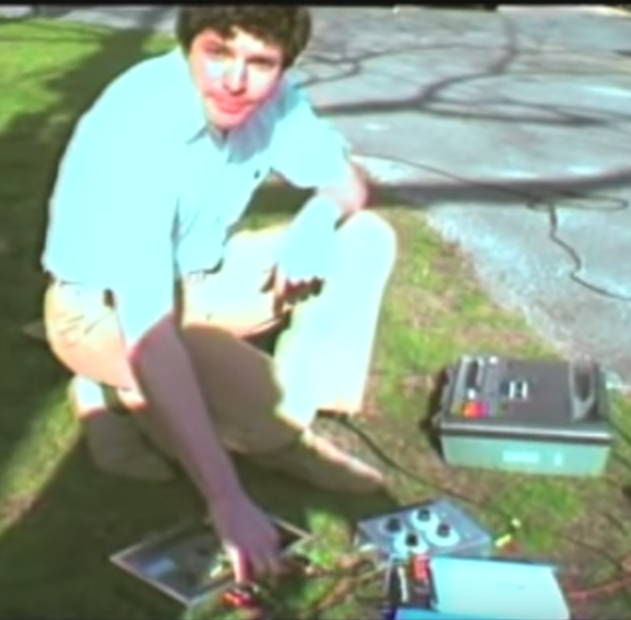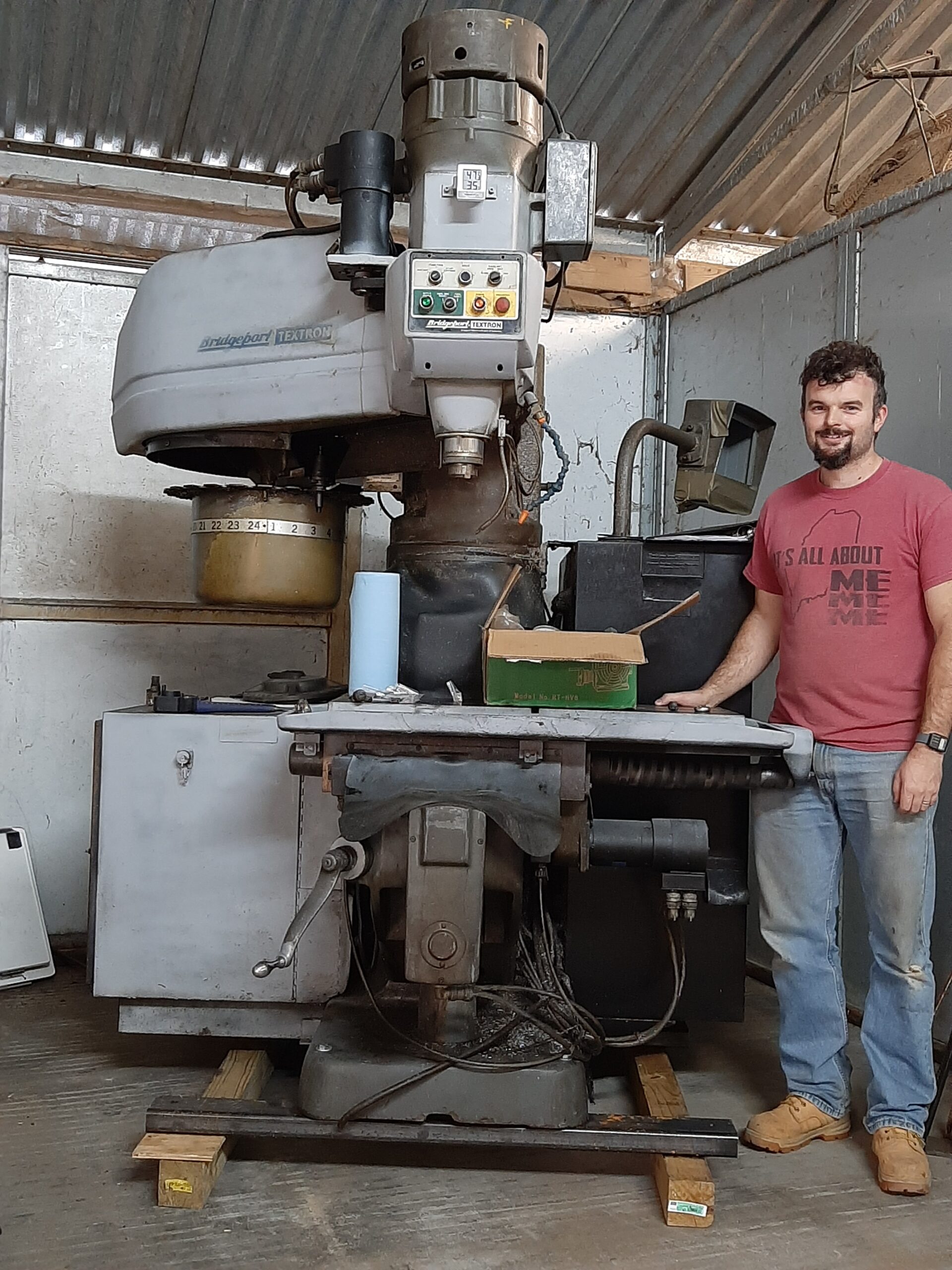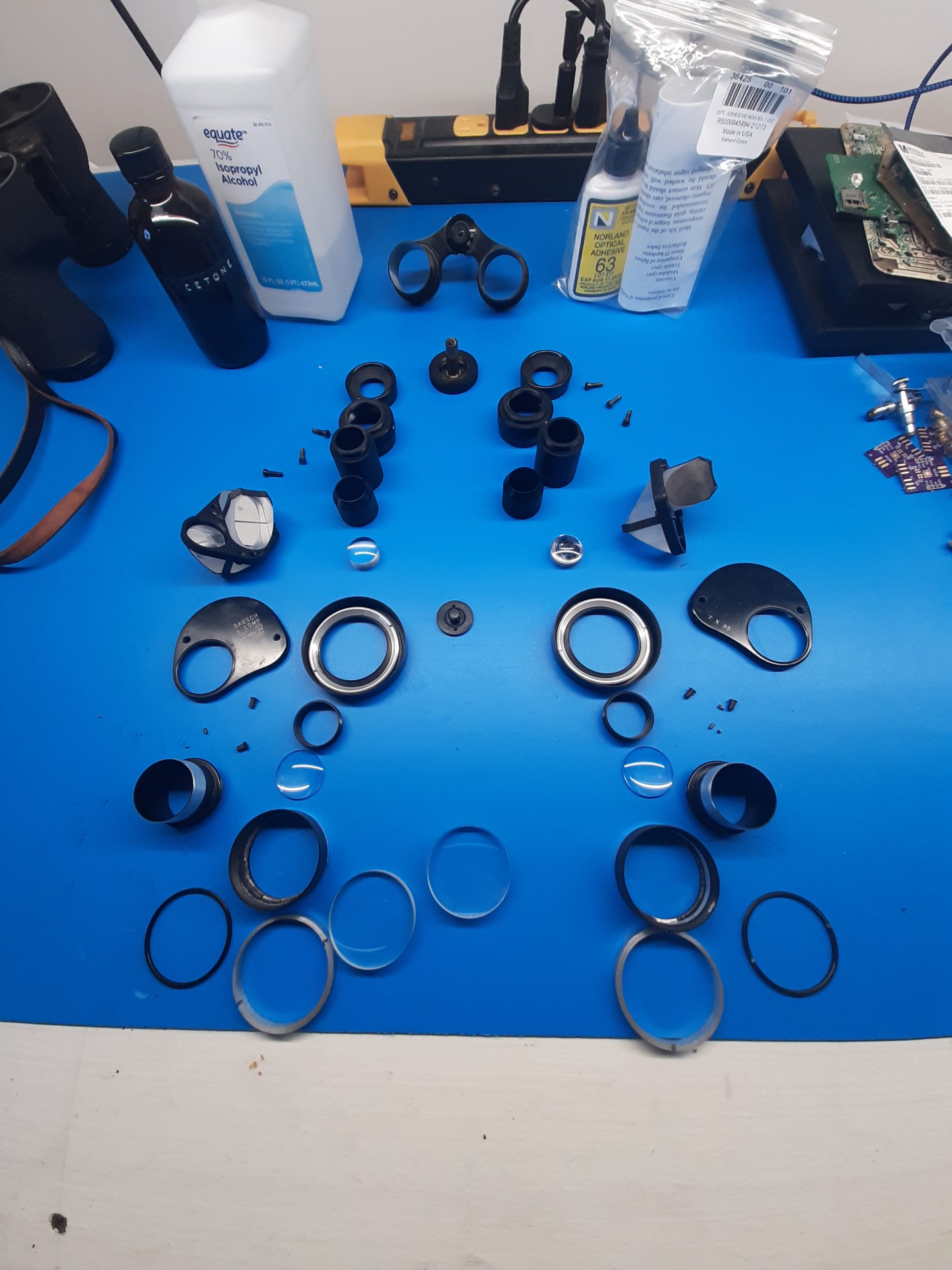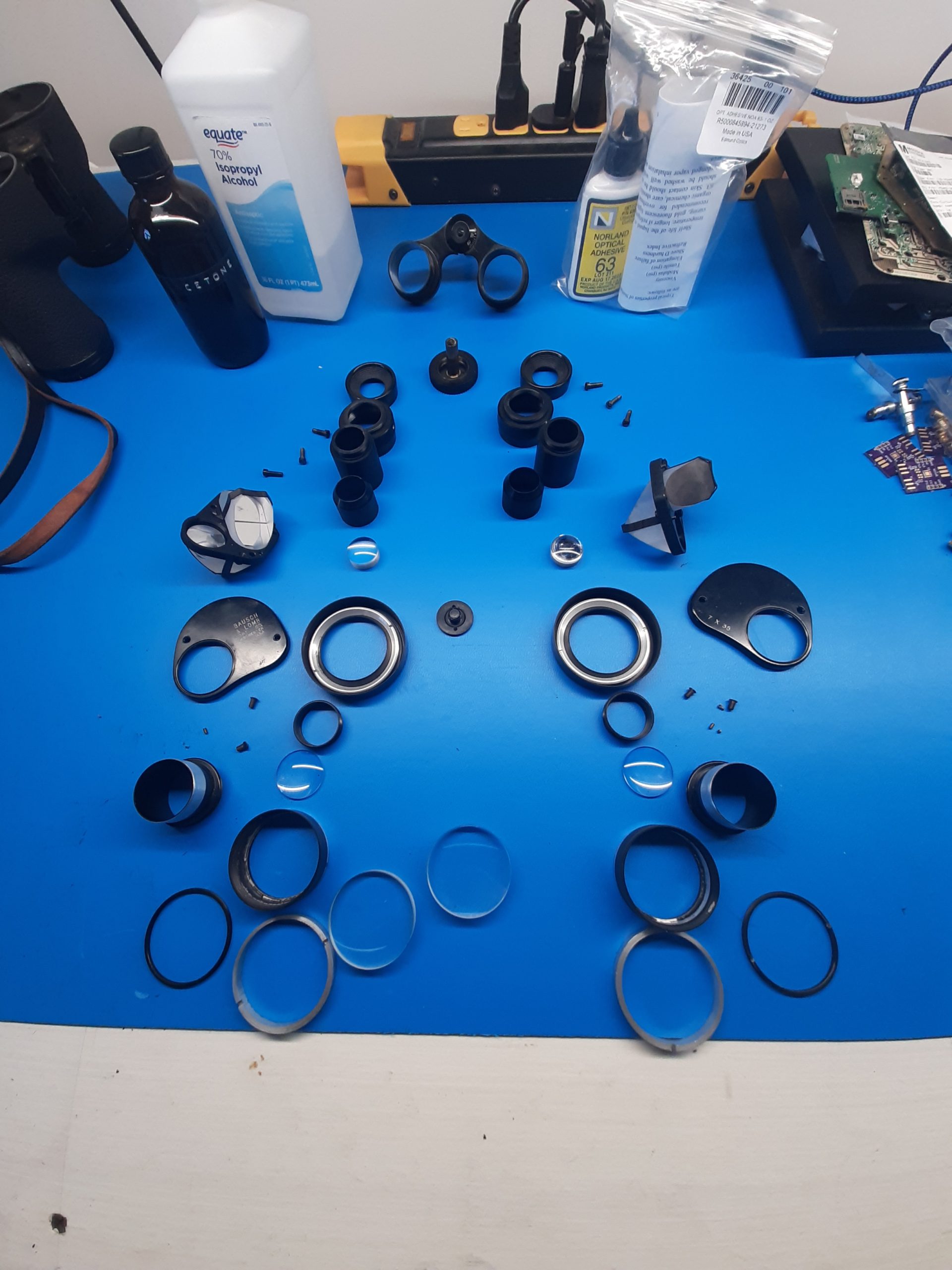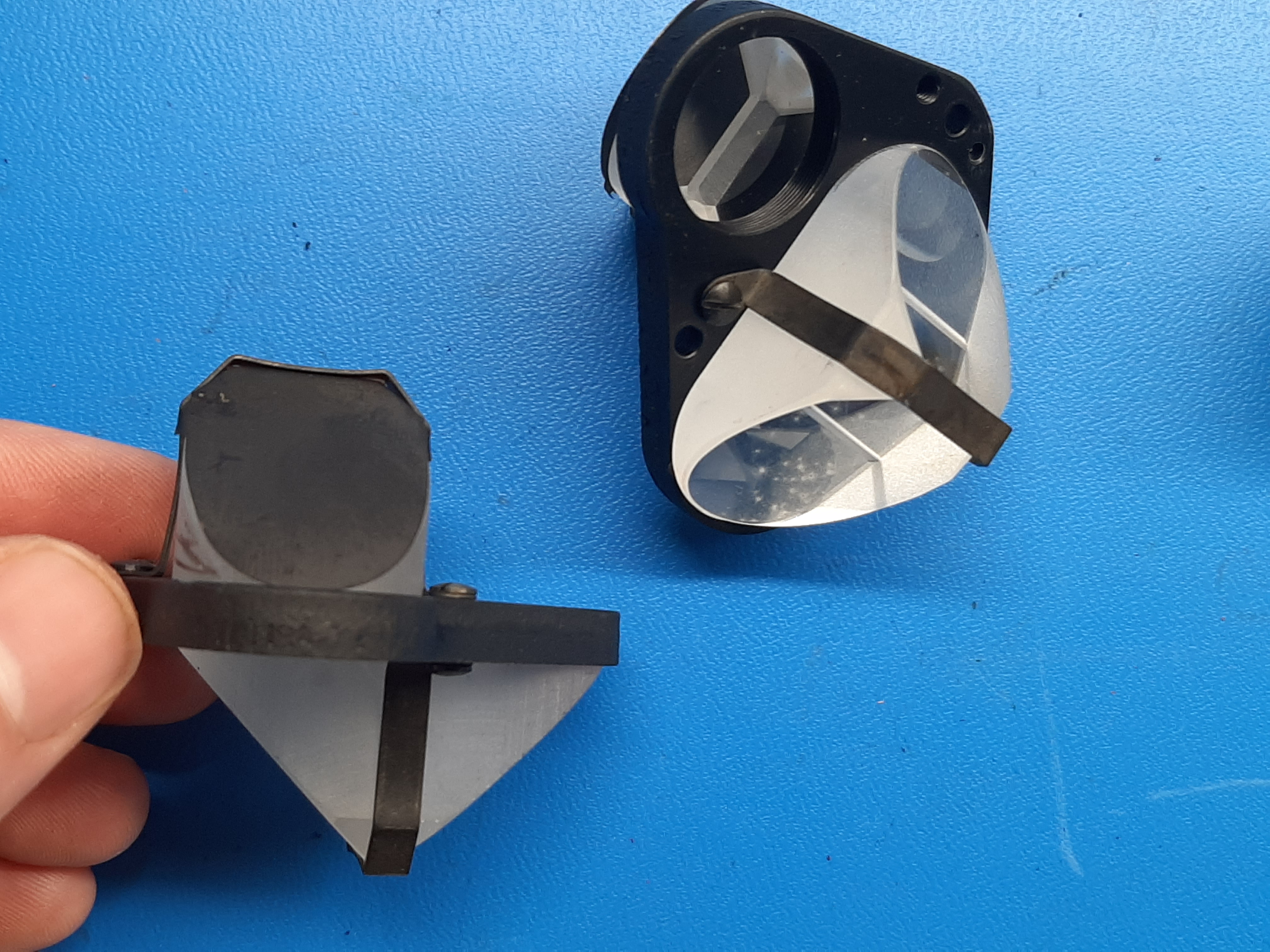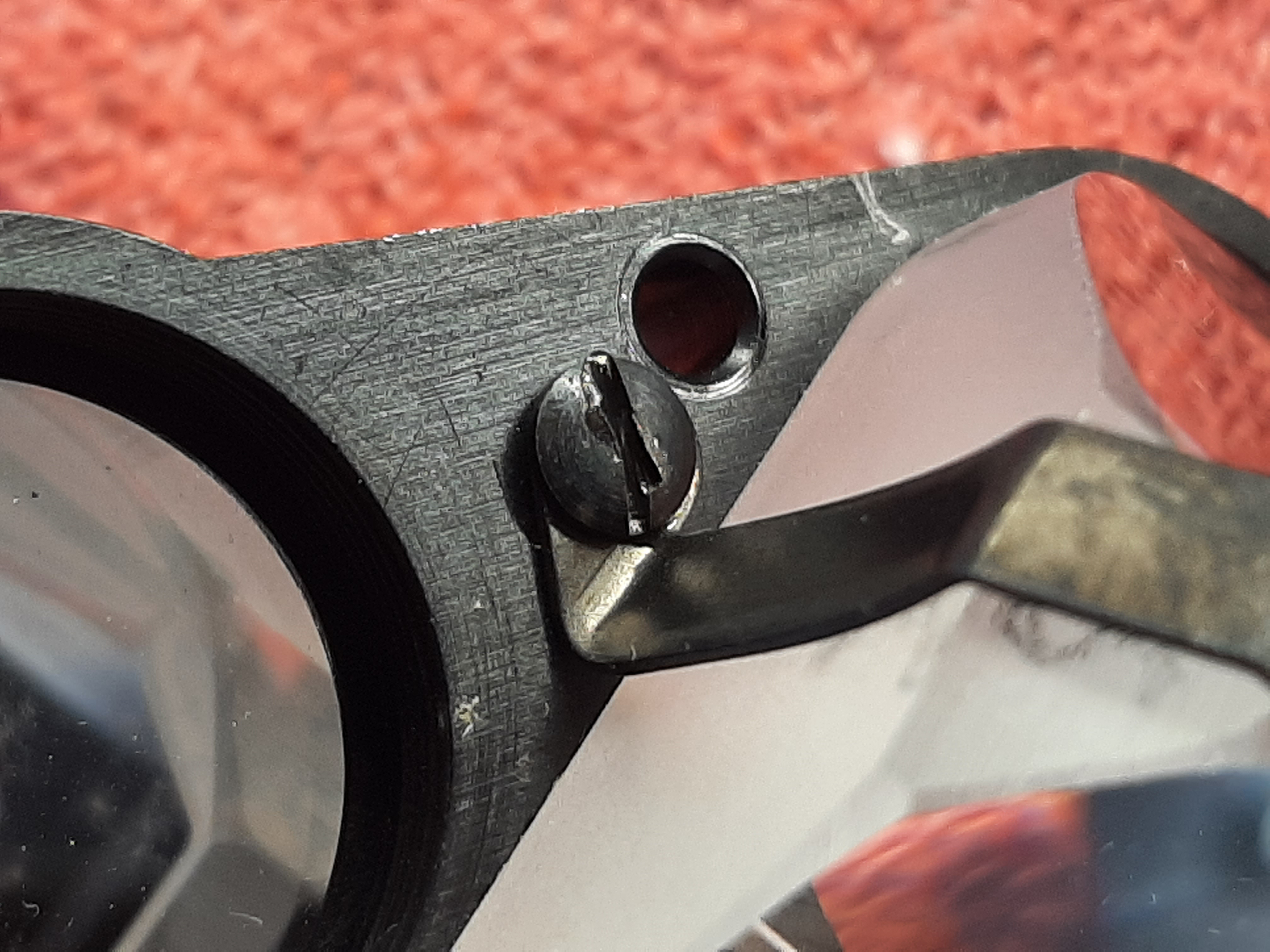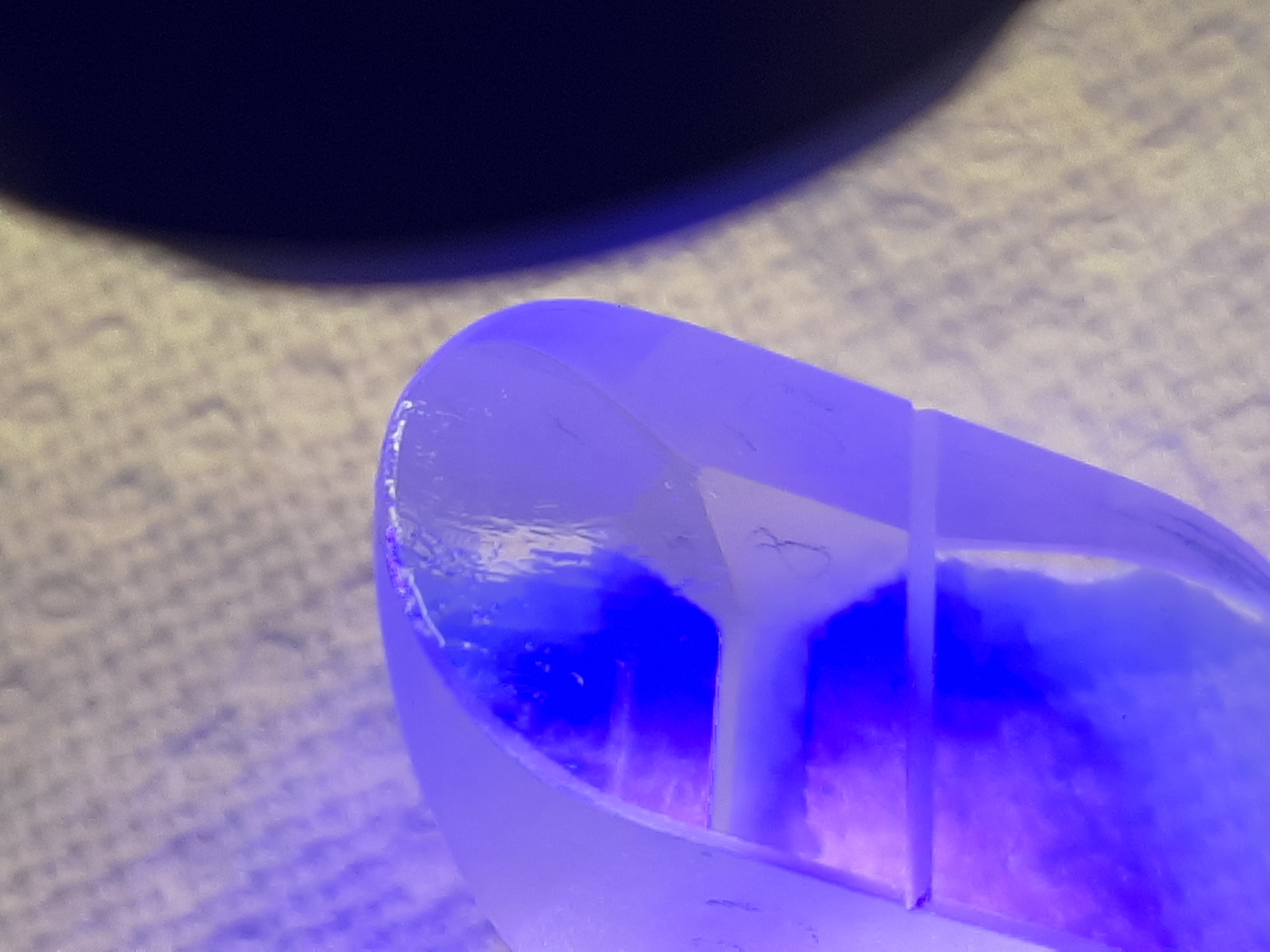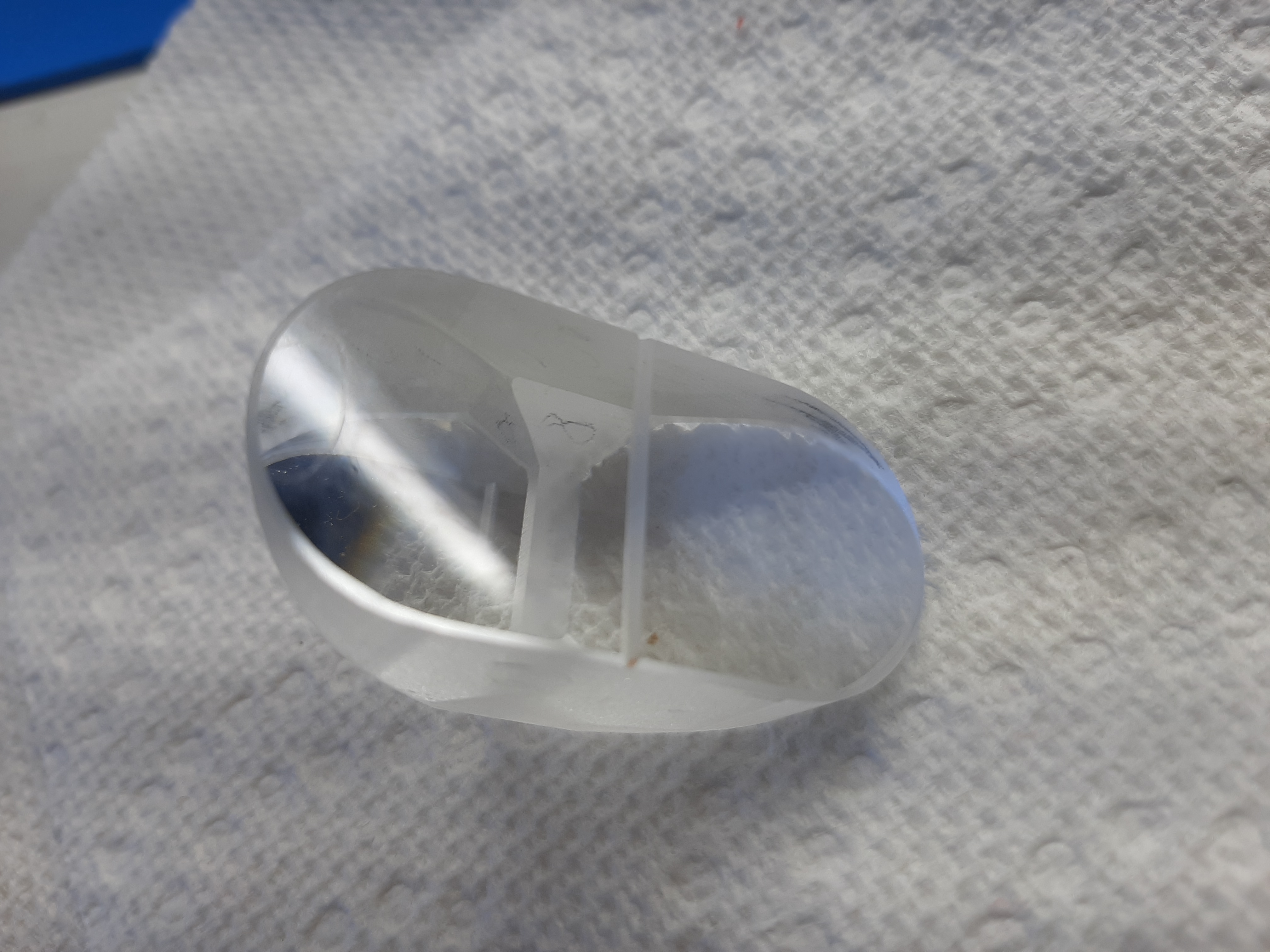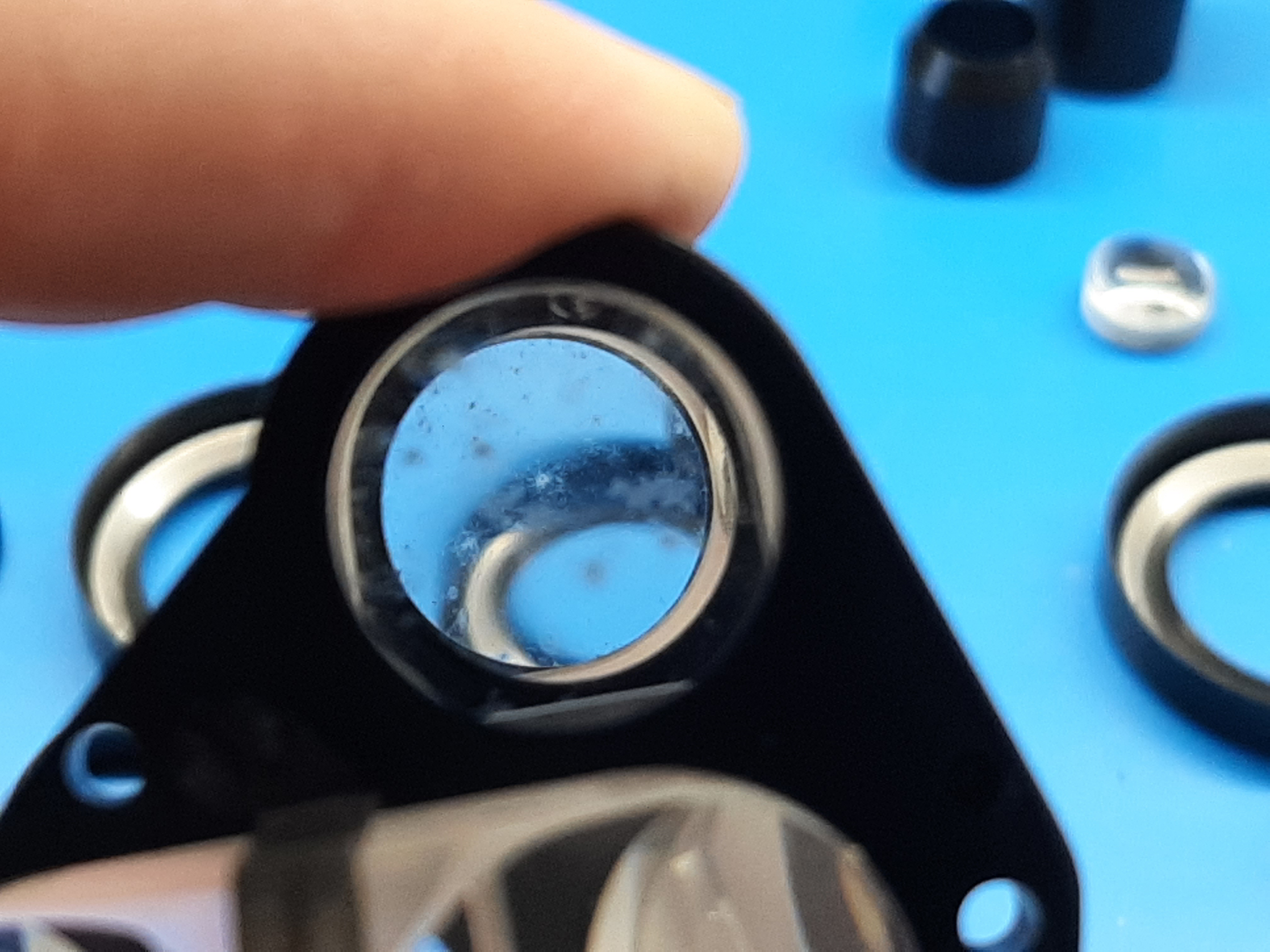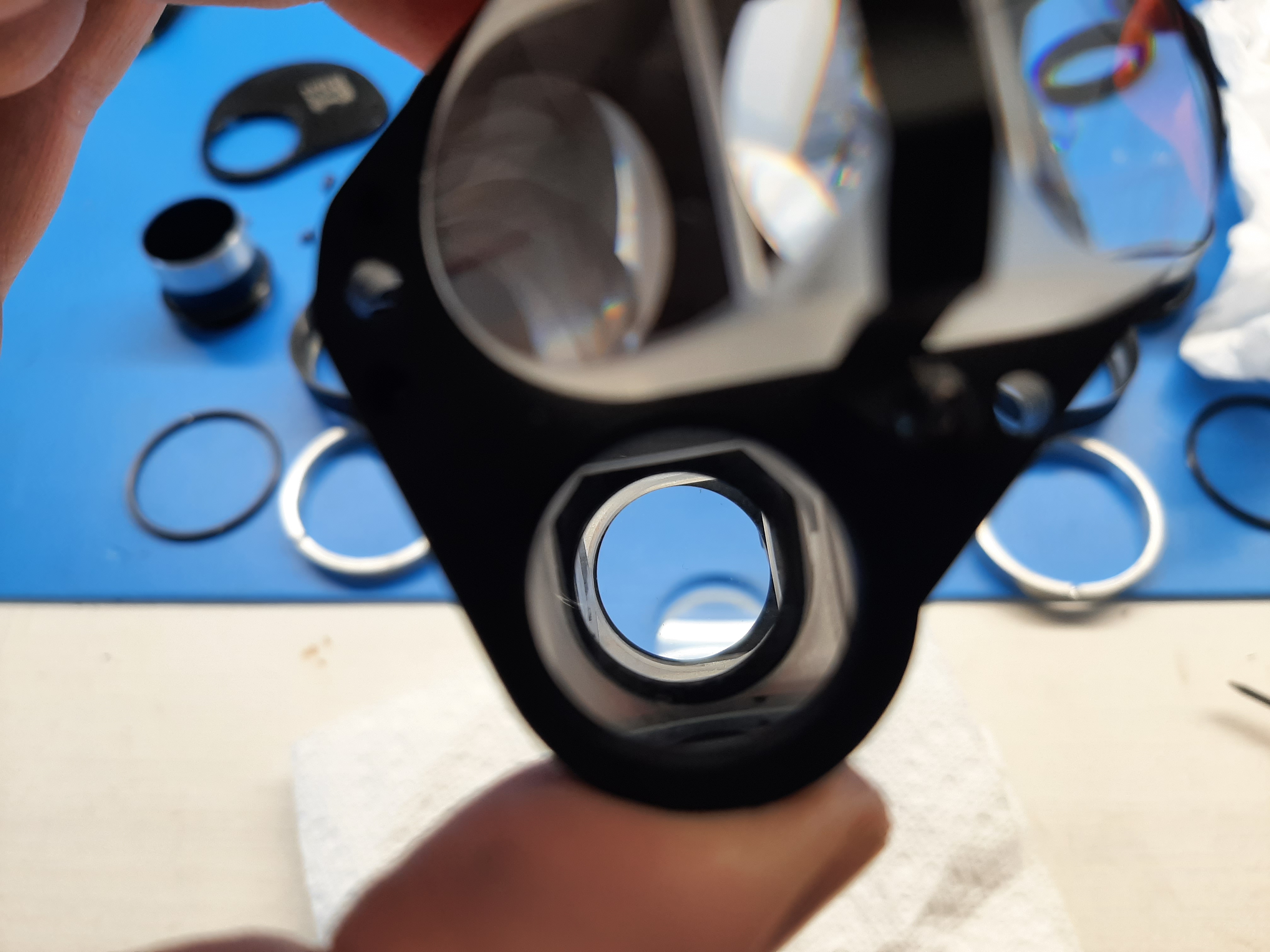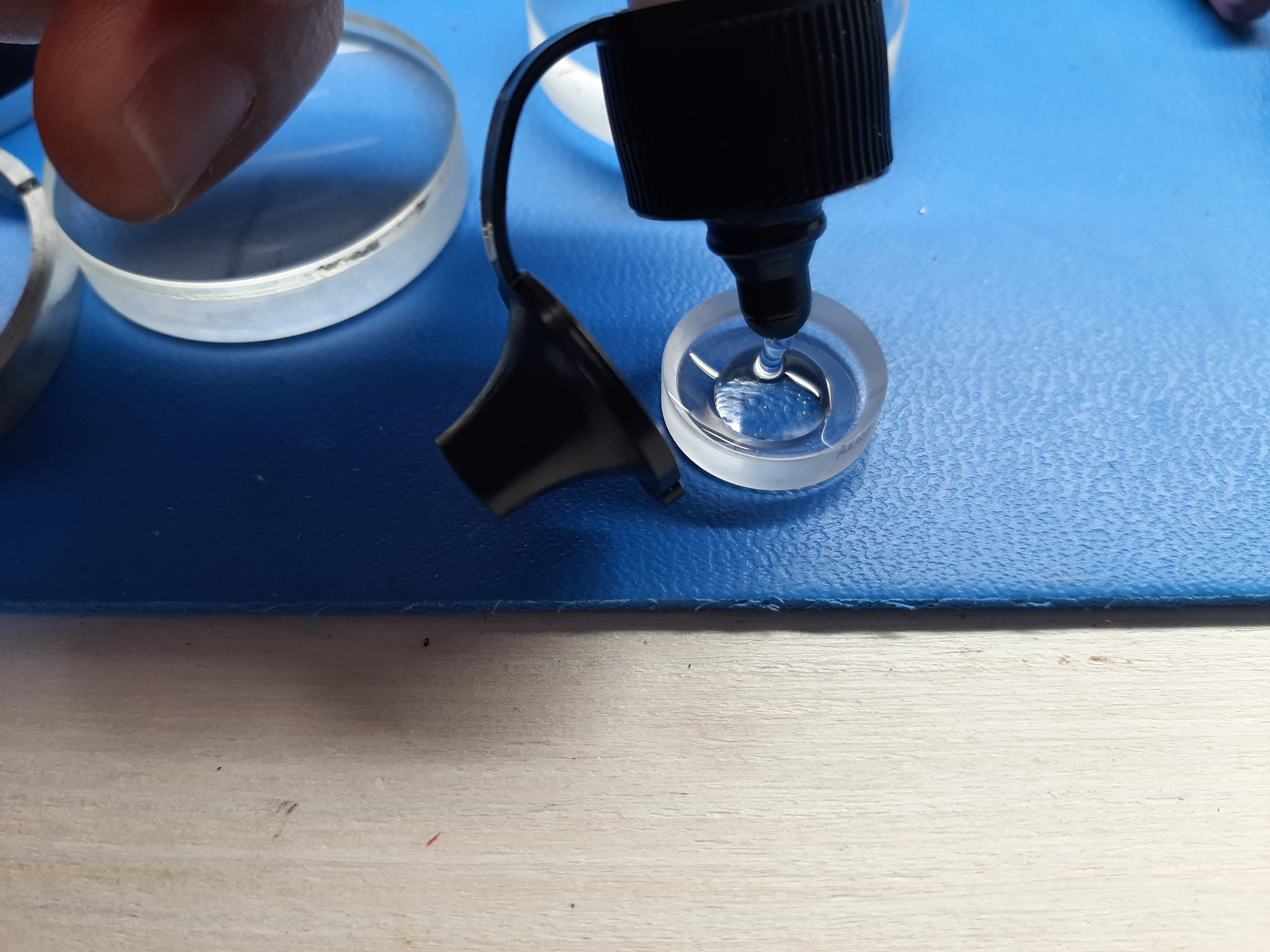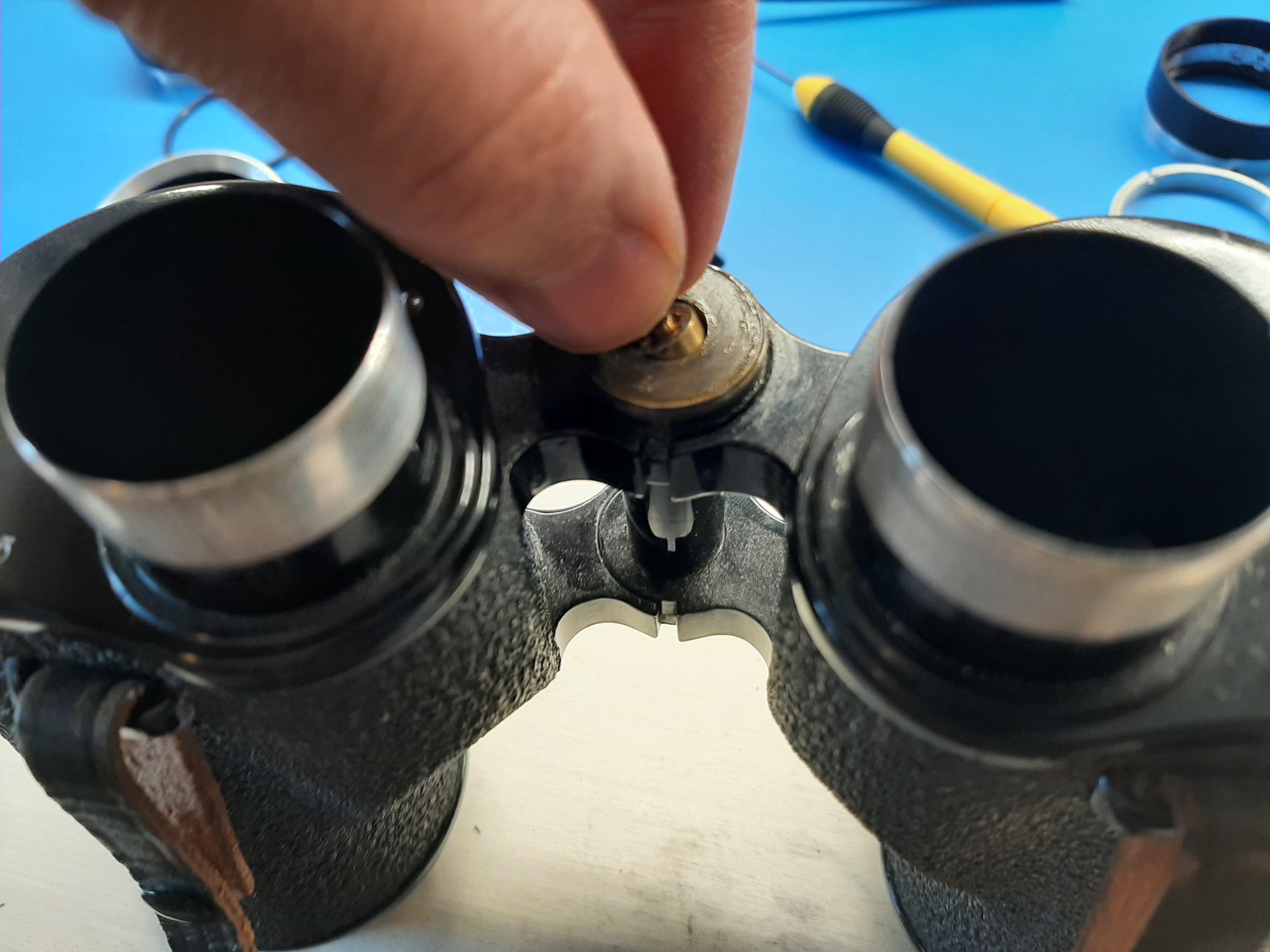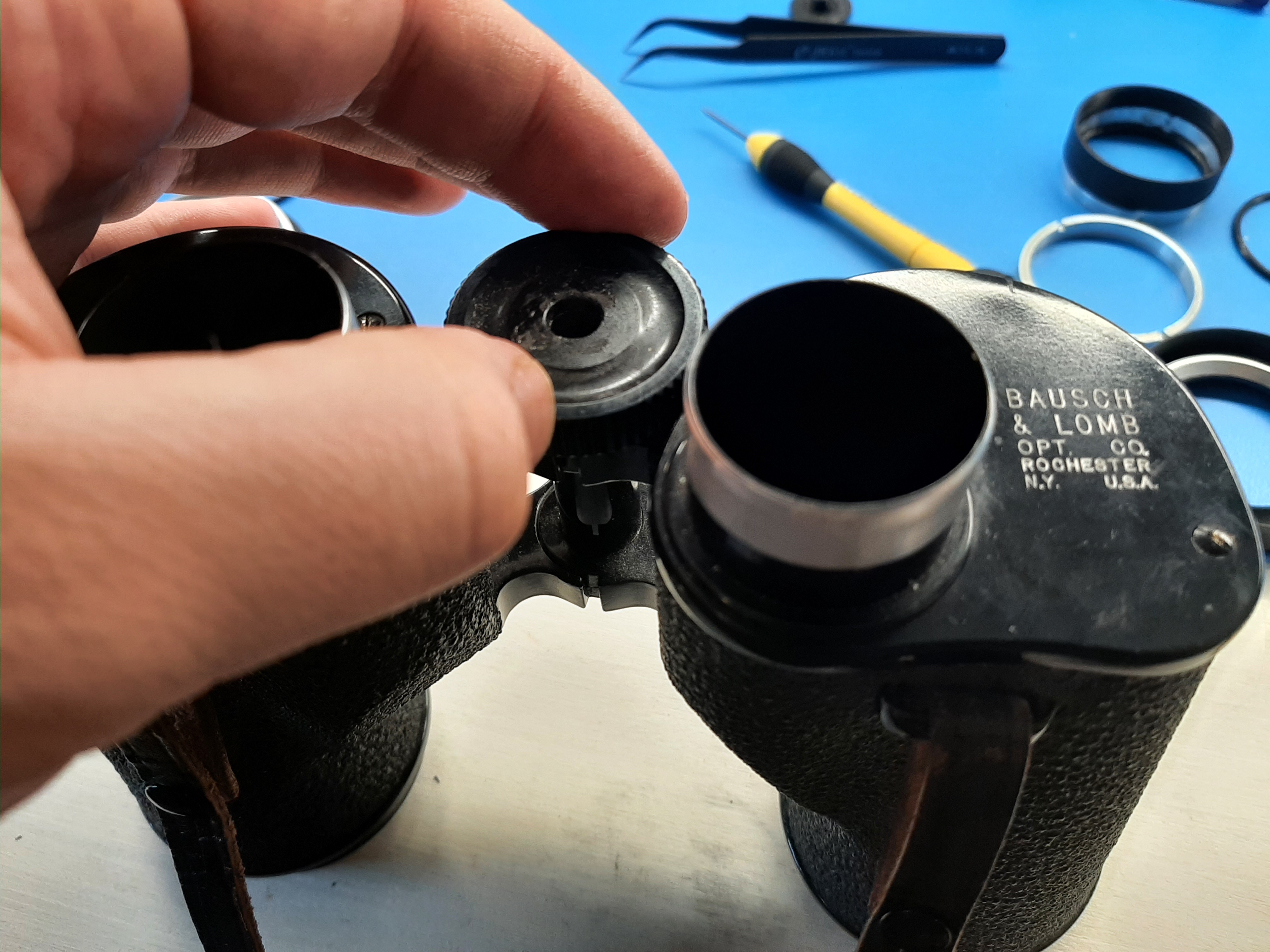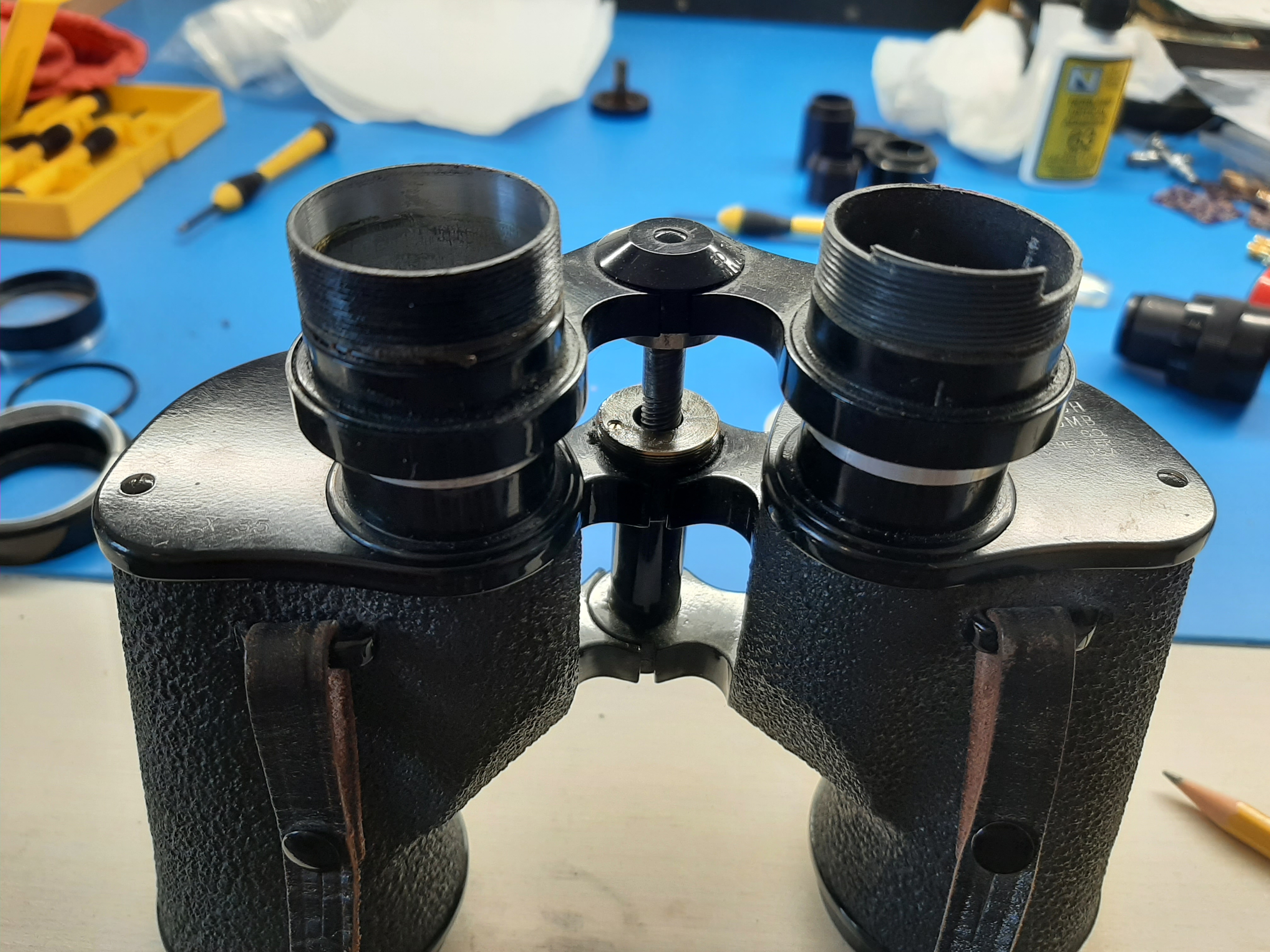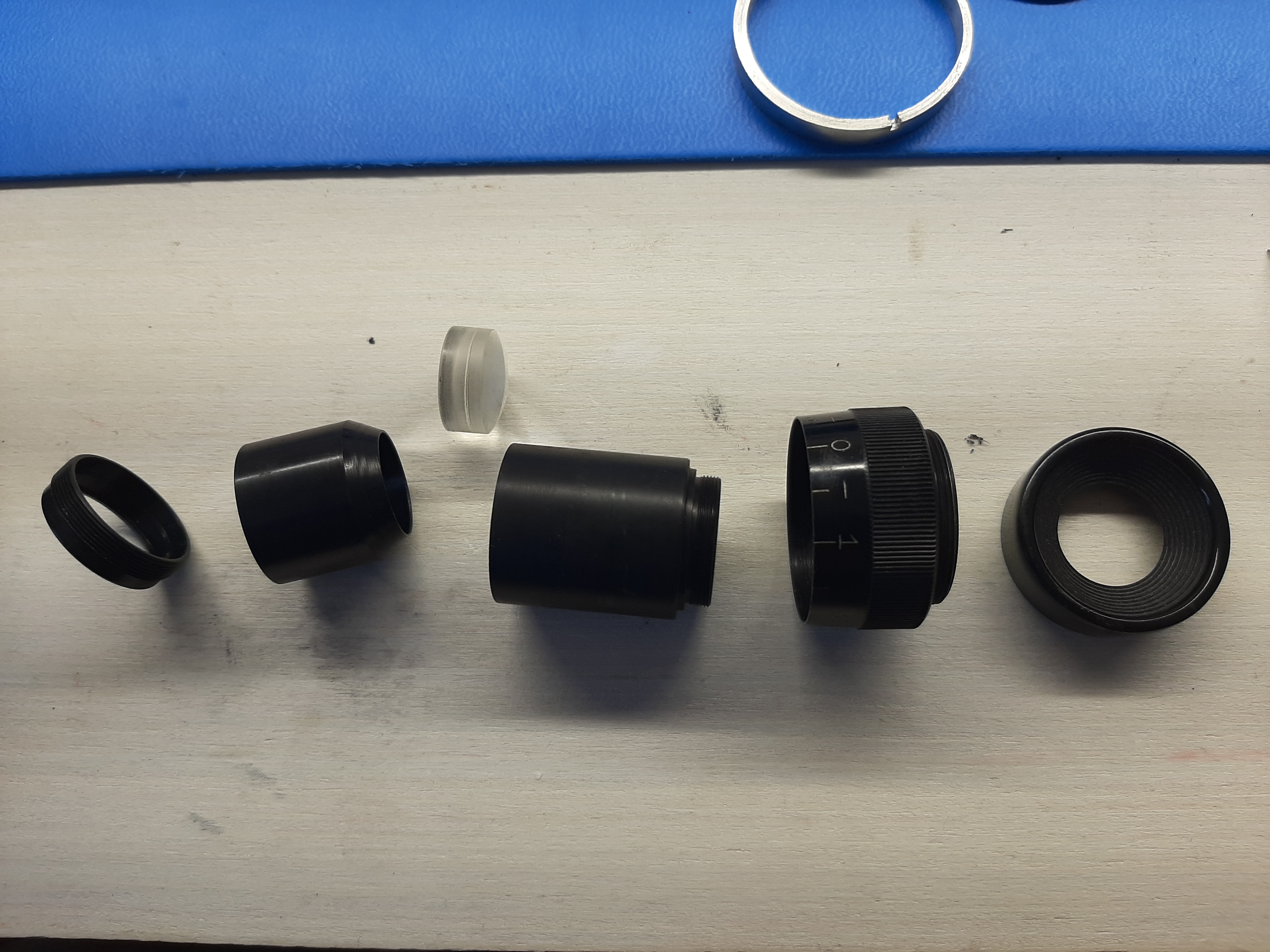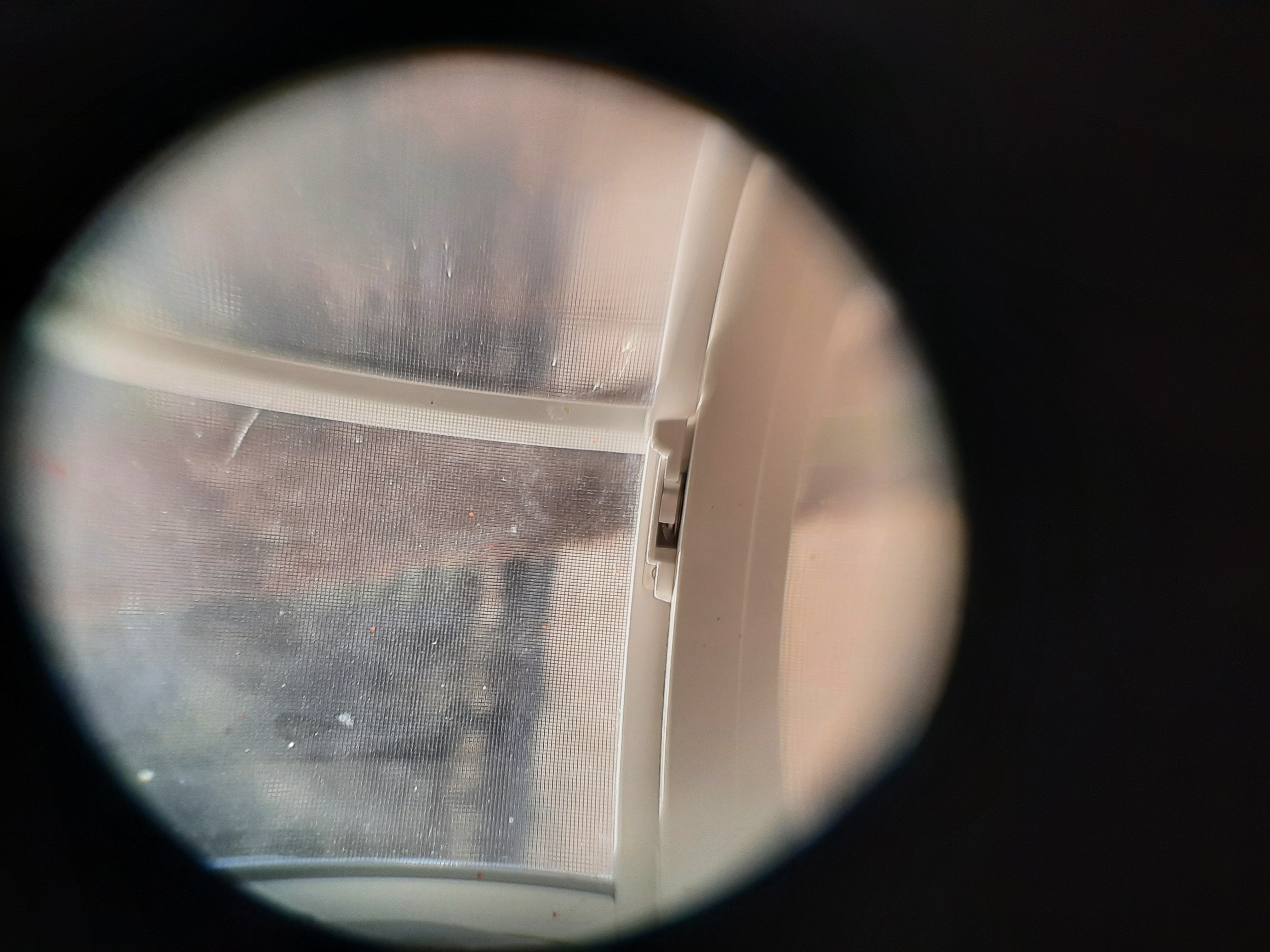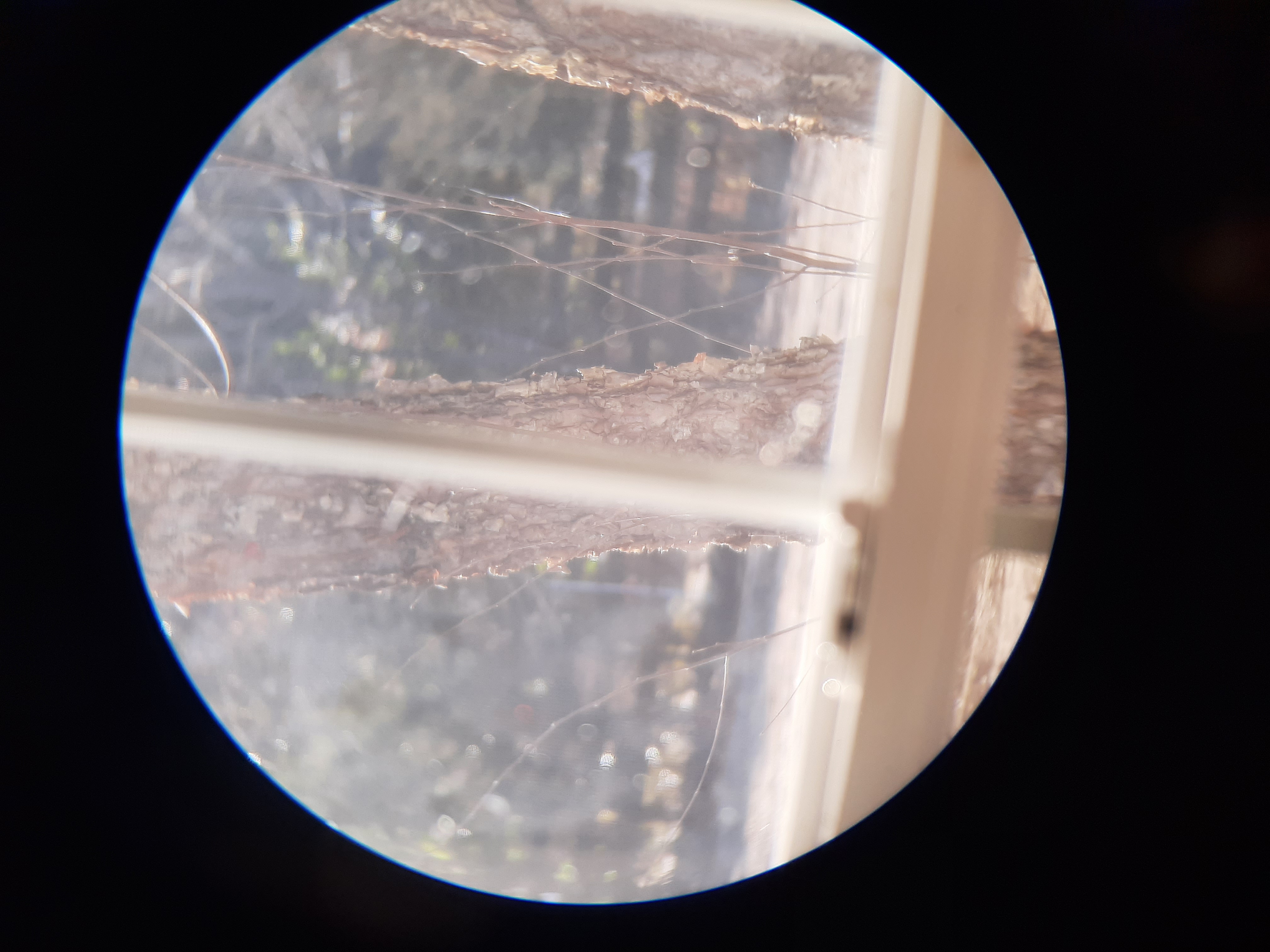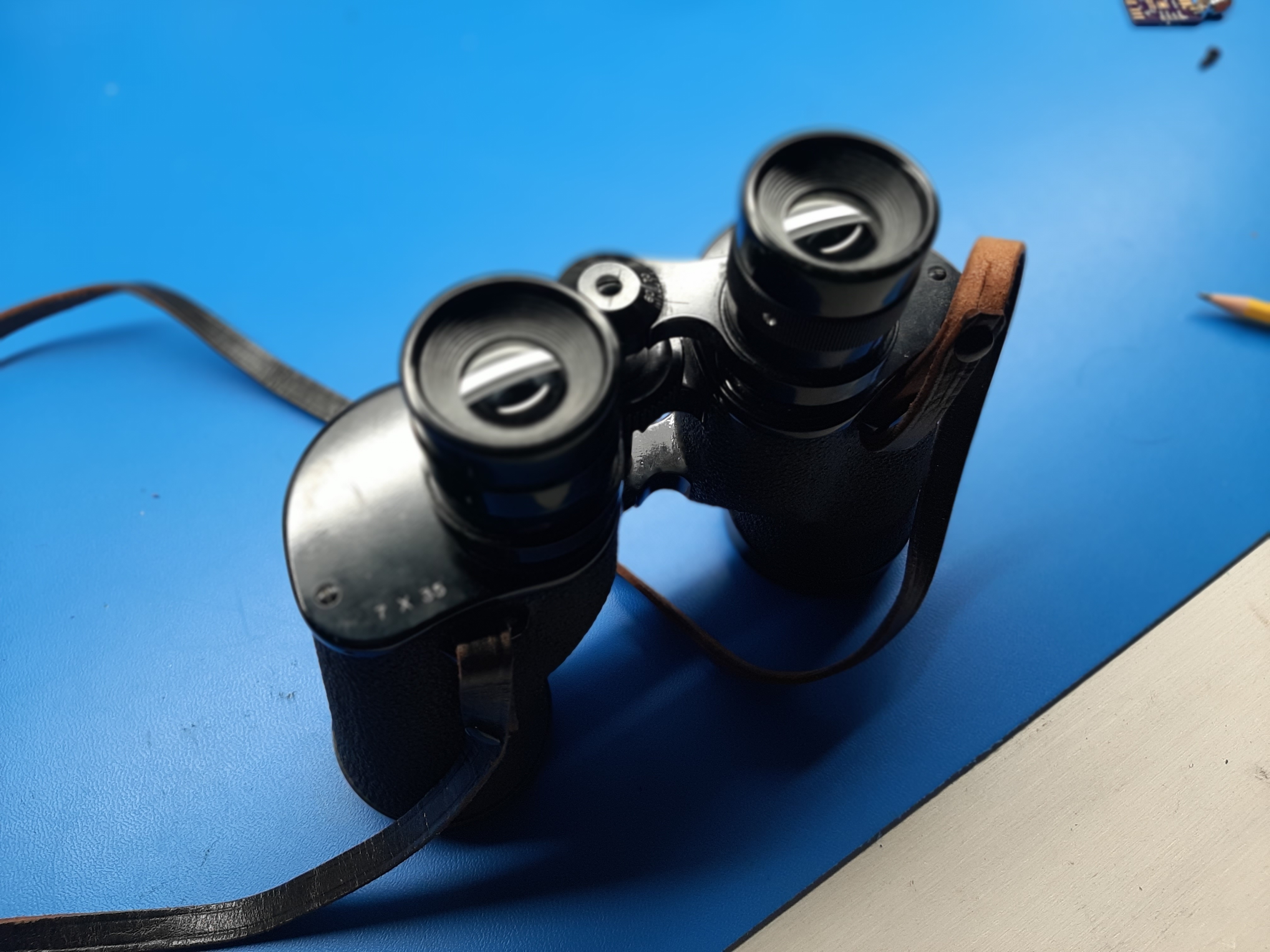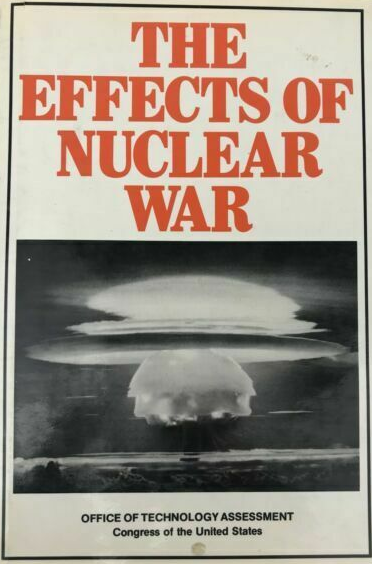I tend to struggle with bouncing from one extreme to the next with note taking. Either I go for the most organized, amazing, system that is really difficult to implement, or I go to the opposite extreme and take no notes. I also have a really bad memory, so I’ll often make a super-amazing note taking system and then just forget about it totally after a few months. So here is a good compromise that seems to work really well.
I have a “Projects” folder on my laptop, and inside I make a subfolder for each project.
Projects
`->2024_02_04_current_calibrator
`->2023_08_23_radio_tuner
`->2023_07_22_electronic_thingAll the files for a project go inside of these folders. And the date at the beginning is just the start date of the project, so I can easily sort by most recent projects.
Inside each project folder I put a simple LibreOffice word document. Then I just make entries in the word document with the date, and any notes I need to take. I settled on word documents because you can put text, images, and even hyperlinks to other documents in them.
This seems to work the best for me, and when someone says “Hey Hunter, can you tell me why you did this weird thing on this project from two years ago?” I can go to that project’s folder, and open up the word document and figure it out.
Things I’ve tried that I gave up on
- TiddlyWiki (I unexpectedly lost my work a few times)
- Org Mode on Emacs (Really hard to just copy paste images in)
- Plain .txt files (No images)
- Having a daily log, making a new word document for every day I work. Then using a script to search through them for any keywords (I could never remember which date I did a project on, and odtgrep() needs to have good keywords to work)
134 # search open document texts
135 function odtgrep(){
136 term="$1"
137 for file in $(find . -name '*.odt'); do
138 unzip -p "$file" content.xml | tidy -q -xml 2> /dev/null | grep "$\
term";
139 if [ $? -eq 0 ]; then
140 echo $file;
141 fi;
142 done
143 } Now the only thing I need to decide on is do I put the most recent entry of my notes at the bottom of the word document, or the top? I’m leaning toward putting it at the top like:
Project Notes
March 12, 2024
(Lots of notes)
March 8, 2024
(Lots more notes)
